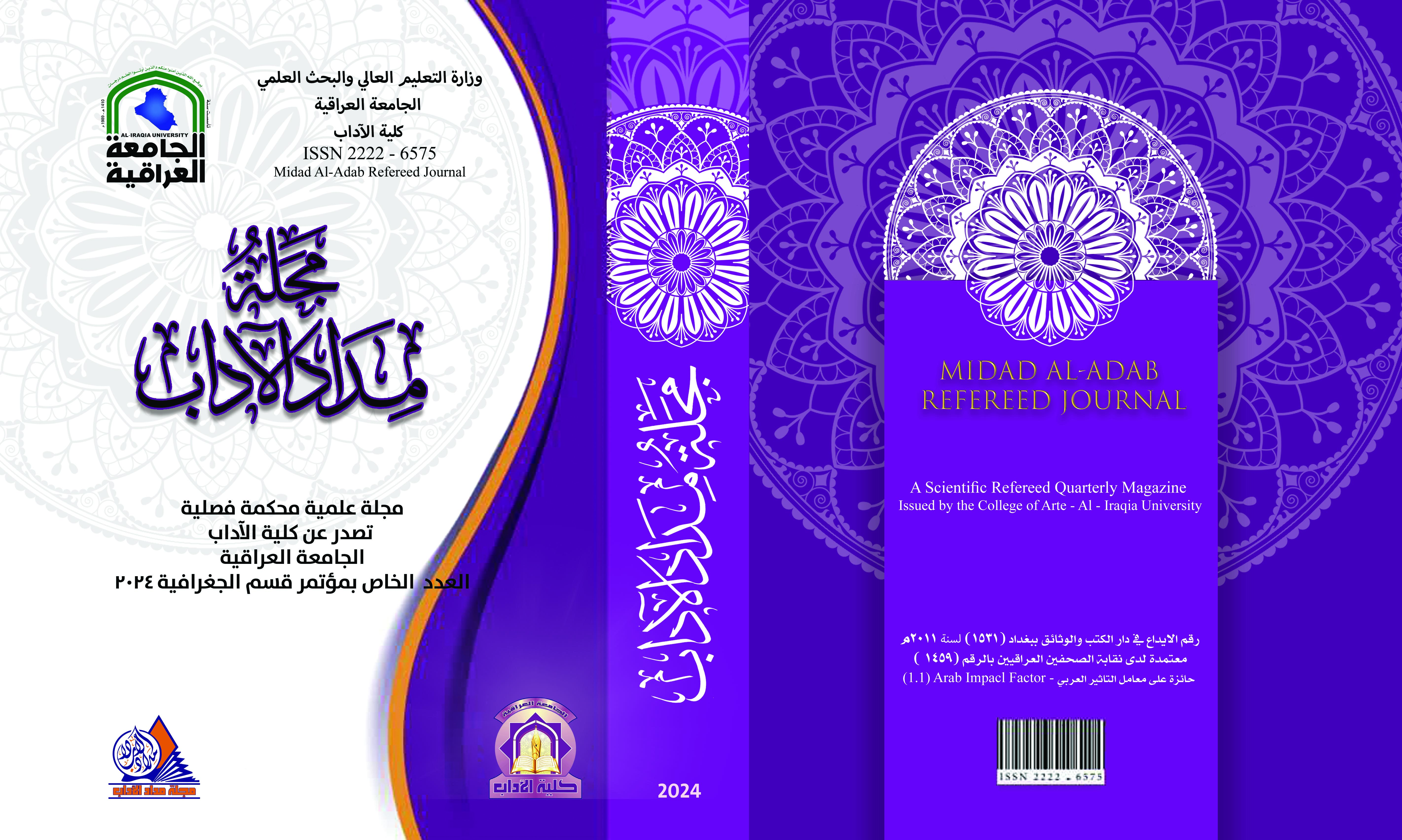Using Landsat AOL Spectral Indicators for Natural Resources Assessment in Sindi Plain - Duhok Governorate
DOI:
https://doi.org/10.58564/ma.v14iالعدد%20الخاص%20بمؤتمر%20قسم%20الجغرافية.1424Keywords:
Keywords: Land Assessment, Spectral and Digital Indices, Remote Sensing Applications.Abstract
This research examines land assessment in Al-Sandi Plain using modern satellite imagery from Landsat 8, employing digital spectral indices to detect natural resources through statistical equations and color blending of digital spectral ranges. It reveals variations in natural resources from one area to another and from one period to another. Hydrological indices show a decrease in the Natural Water Difference Index (NDWI) in dry years, as well as a decline in the Normalized Difference Moisture Index (NDMI) in dry seasons. Thermal indices, such as Land Surface Temperature (LST) and Solar Radiation Index (SRI), indicate variations in surface temperature from one area to another and from season to season. Plant indices (Normalized Difference Vegetation Index (NDVI), Chlorophyll Index (CI)) demonstrate degradation and variation from one season to another and from year to year. Soil degradation indices, such as Ground Surface Minute Volume Index (GSI) and Land Degradation Index (LDI), indicate soil deterioration from one area to another due to various natural factors, along with the Mineral Compound Indicator.
Downloads
Published
Issue
Section
License

This work is licensed under a Creative Commons Attribution-NonCommercial-NoDerivatives 4.0 International License.








